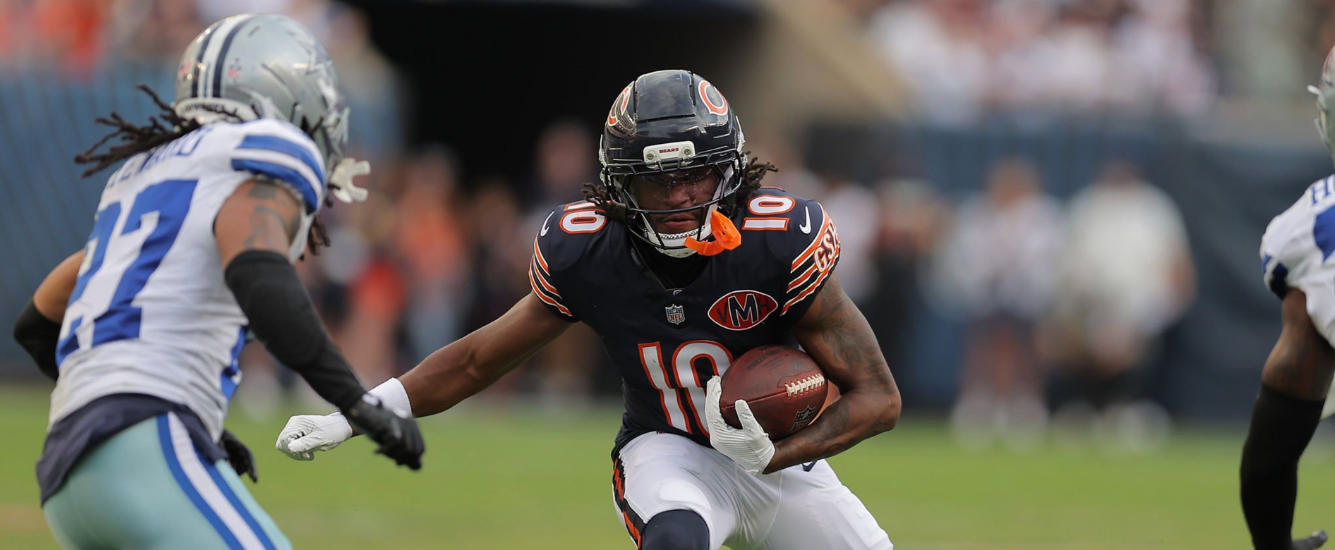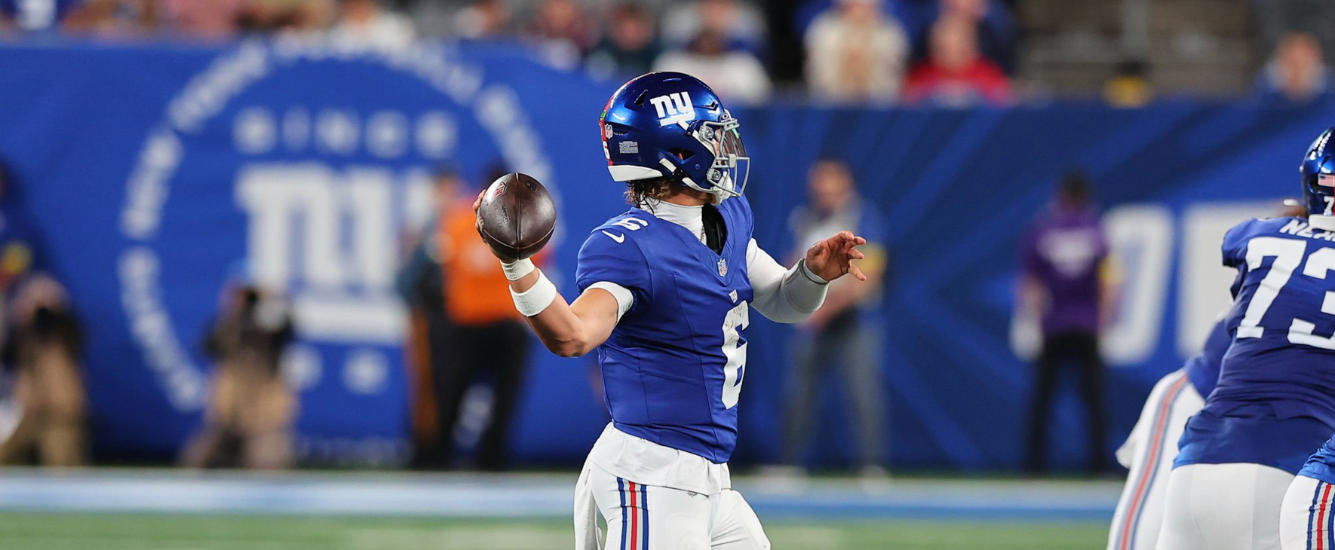As I said in the introduction to the update on the game theory series, the five-figure salary range is where the cutoff should be when making roster construction decisions. When you are making the decision to build a balanced lineup or a stars and scrubs lineup, you have to decide if you’re rostering anyone from the top of the salary scale or not.
There are obvious benefits to choosing the most expensive golfers. After all, they should be the golfers with the highest win equity.[1]For those that are new here, rostering the winner is a really good strategy each week! The downside to rostering the most expensive golfer on a given slate is that you need to roster progressively worse golfers at the bottom of your lineup to make it work within the constraints of the salary cap.
Ownership vs. Performance
We learned in Part 1 of this new game theory series that we aren’t particularly good at picking the right golfers in this range. In other words, ownership isn’t strongly correlated with performance of these golfers. We, therefore, should be making pivots to lower owned plays for the $10,000-plus range. The second-lowest owned golfer in this range hits a ceiling outcome (80th-percentile DK scoring performance) at a 55% rate whereas the highest owned golfer hits that threshold 57% of the time. Pivoting off of the most owned golfer is an easy first step, but maybe we can narrow it down even further by looking at a few other heuristics. Blair Andrews talked about the value of “checking all of the boxes” in a recent Wrong Read post.
Price Changes
Pricing is constantly changing on DraftKings from tournament to tournament. Golfers usually stay in the same tier. We’re not going to find too many opportunities to roster the Dustin Johnsons or the Jon Rahms of the world below $9,000. In fact, just over 51% of the golfers that are $10,000 or more, were in that price range the previous week. Another 33% of that cohort comes from the $8,500 – $9,900 range. The remaining golfers in the stud range come from the lower price ranges.
| Previous Salary Group | Ceiling Rate |
| $10,000+ | 55% |
| $9,900 – $8,500 | 58.5% |
| $8,400 – $7,500 | 61% |
| $7,400 – $6,500 | 11% |
The golfers that jump up from the $8,400 – $7,500 range make up a smaller slice of the population here. But, when that opportunity strikes, you should take advantage. Looking through the sample, most of these golfers are guys who saw brief price decreases and then made a start in a weaker field event where they saw their big price jumps. Over 35% of this crew saw ownership increases to go along with their price increase. If you’re rostering one of these guys, you’ll have to find leverage in other spots because they typically are going to be chalky.
What About PRK Score?
You didn’t think I’d let you off the hook without talking about PRK Score, right? For the uninitiated, PRK Score is how I measure the skill of a golfer. It’s built off of Raw PRK.[2]Which is how a given golfer compares to an average tour golfer in terms of strokes/round. For the purposes of this exercise I set the threshold at a PRK score of 85. Why 85? Just simply for sample size. Golfers in this group have fallen below a score of 85 about 36% of the time. Any lower and I don’t believe that the sample is representative enough to draw meaningful conclusions.
| PRK Score Group | Ceiling Rate | Average Rate |
| 85 or Lower | 51% | 73% |
| 85.01 or Higher | 58% | 81% |
As you can see, a higher PRK is correlated to better DK Scoring performance. When I use the optimizer, I typically filter out anyone with a PRK Score under 65 from even being considered.
Checking the Boxes
These two boxes we’re looking to check off are very easy to observe. We’re looking for:
- Golfers that were somewhere between $9,900 and $7,500 in their previous start.
- Golfers that have a PRK Score of at least 85.
| Boxes Checked | Ceiling Rate | DK Points Above Tournament Average |
| 2 | 60.3% | 24 |
| 1 | 56.2% | 23 |
| 0 | 45.2% | 18.4 |
Golfers that check off at least one of those boxes significantly outperform golfers that fit neither criteria. They hit ceiling outcomes at a higher rate and score more raw DK points on average than golfers that have been $10,000-plus and have a PRK Score that’s less than 85.




















